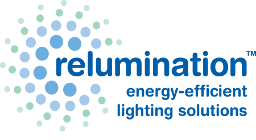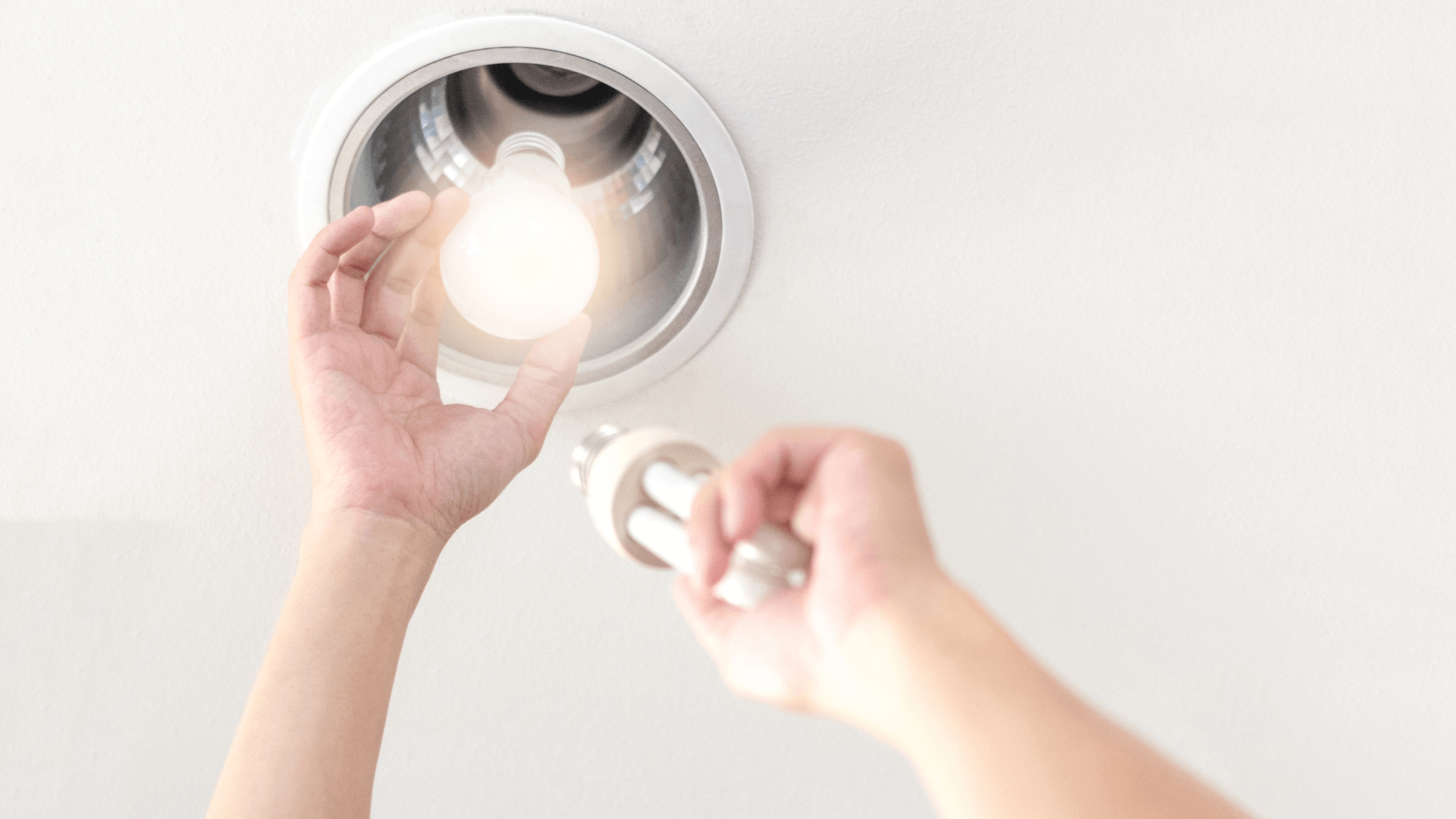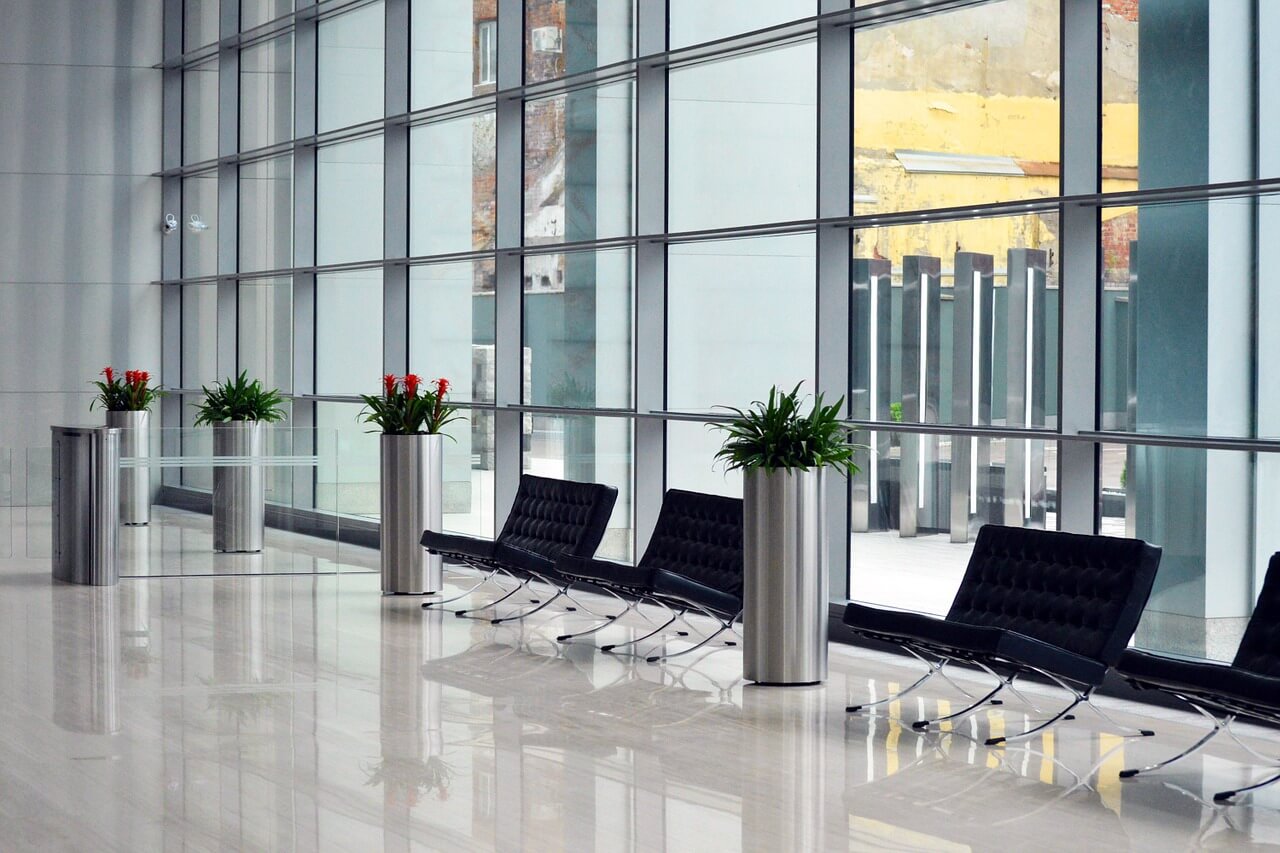Sustainability has become more than just a buzzword—it’s a guiding principle driving businesses to adopt environmentally responsible practices. As companies seek ways to reduce their carbon footprint and minimize energy consumption, one solution stands out as both effective and economical: energy-efficient LED lighting.
Sustainable practices are the goal, but how does LED lighting contribute to the greater picture of sustainability in business? Let’s dive deeper.
1. Significant Energy Savings
One of the most compelling reasons to switch to LED lighting is its remarkable energy efficiency. LED bulbs consume significantly less energy than traditional incandescent and fluorescent lights, translating into substantial savings on lighting-related energy costs for businesses. By upgrading to LED lighting solutions, companies can slash their energy consumption by up to 90%. These savings benefit the bottom line and show management the impact sustainable practices can have on the business.
2. Extended Lifespan and Reduced Waste
In addition to being energy-efficient, LED lights boast an impressively long lifespan compared to conventional lighting technologies. LED bulbs can last up to 25 times longer than incandescent bulbs and up to 10 times longer than compact fluorescent lamps (CFLs), minimizing the frequency of replacements and reducing waste. By investing in durable LED fixtures, businesses can significantly reduce the amount of lighting-related waste sent to landfills.
Most LED lights are also made from recyclable materials that can be used to create the next generation of energy-efficient lighting.
3. Improved Environmental Footprint
Beyond energy savings and waste reduction, LED lighting offers numerous environmental benefits that contribute to overall sustainability efforts. Unlike traditional lighting technologies, LEDs do not contain harmful substances such as mercury, making them safer for both human health and the environment.
Many businesses will consider their ESG score, which measures energy consumption among other factors of sustainable business practices. By choosing energy-efficient LED lighting solutions, the lowered energy consumption will raise this score and businesses demonstrate their commitment to improving standard processes within their industry.
Energy-efficient LED lighting is a powerful tool for businesses seeking to enhance their sustainability efforts. LED lighting solutions empower organizations to make a meaningful difference in their business and in our environment.
Speak with a member of the Relumination team today to learn more about improving your site’s sustainability practices!



